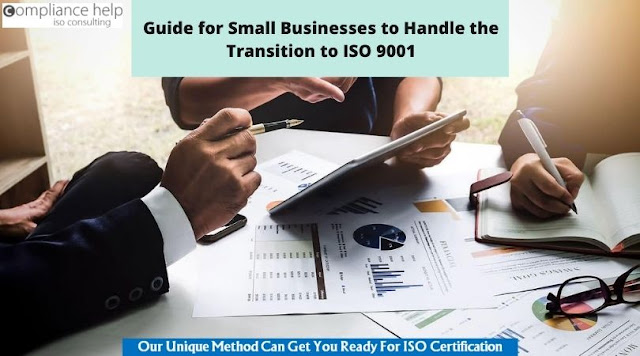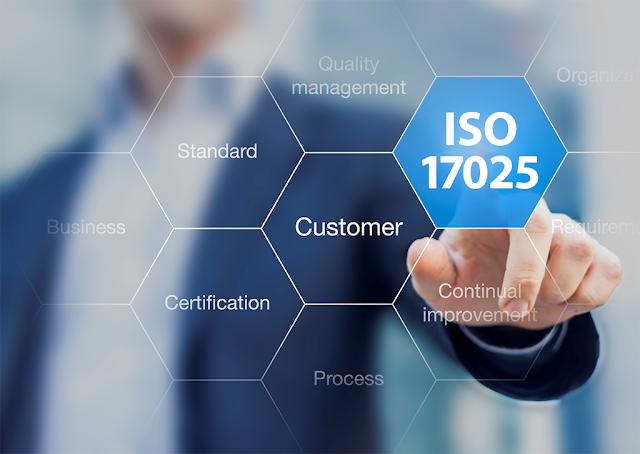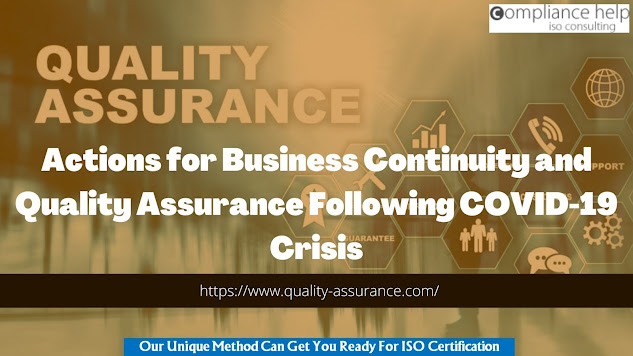Guide for Small Businesses to Handle the Transition to ISO 9001
Several problems may happen during the ISO 9001 certification process, and this article will explain all of these. Following these steps will lead them to certification in a very easy and cost-effective way.
To start the ISO transition, you must evaluate your business carefully to find what needs to change to comply with the ISO 9001 standard. You will need quality assurance service experts to conduct a preliminary gap analysis to find any possible nonconformances in your existing QMS. If you want your business to get certified, you need to evaluate and analyze the QMS to understand the implemented improvements.
Quality assurance experts generally say that organizations need to focus on developing a QMS based on the risk analysis. This means that instead of deploying new processes and responsive methods to dominate the quality assessment, the QMS will need to assess and identify potential risks in the business and quality issues that will have an impact on customer satisfaction.
Your aim to achieve ISO 9001 certification for your business will ensure a reputation as a quality-focused organization. Your business should make the transition to the standard and achieve certain persuasive goals, including improving the efficiency of processes, introducing risk management measures, removing trading barriers, saving operational costs, and enhancing customer satisfaction.
When you know about the abilities of the new QMS and how it will operate to improve quality and deal with various inconsistencies in the processes, the next step is to ensure it is executed correctly to ensure many benefits. For this, you will need a systematic plan for the implementation of the modified QMS once the documentation and validation are completed. Since implementation will bring many changes in the workflows and business processes, planning also includes providing training to the employees about the transition to an ISO-compliant QMS.
To ensure the implementation of the QMS and to continue making appropriate modifications in the quality management processes, you need to maintain good communication channels with your employees. Employees at every level will directly or indirectly contribute to the QMS, and will consistently work with it. Therefore, it is essential for management to maintain communication with the employees so they can convey the quality objectives, ISO compliance requirements, and how to make improvements in the QMS and maintain certification.
ISO certification is not a one-step process, or something that you can achieve with minimal effort. It requires intricate planning, a systematic process, and most importantly, experts that will support your QMS development by ensuring it covers the ISO 9001 requirements. If you are still wondering about how to achieve ISO certification, this guide will be quite useful. However, you will require expert quality assurance consultants to help you understand every step and implement every aspect of certification.
Business Name: Compliancehelp Consulting, LLC
Email Id: info@quality-assurance.com
Also Read: Why Do You Need Quality Assurance Services for ISO 9001 Certification?




Comments
Post a Comment